
 The Jizan Economic City ... fourth in the series.
The Jizan Economic City ... fourth in the series.
MMC Corporation Berhad (MMC), along with Saudi Binladin Group, has been awarded a contract to develop and manage a new mega economic city in Jizan, Saudi Arabia.
MMC was awarded the contract by the Saudi Arabian General Investment Authority (Sagia) during the launch of the $30 billion Jizan Economic City (JEC) last month.
Located 725 km south of Jeddah by the Red Sea, the 117 sq km fully-integrated and self-contained development will comprise industrial and non-industrial zones and will be developed over a 30-year period.
JEC is the fourth of such projects, three of which are going up in Rabigh, north of Jeddah (King Abdullah Economic City), Hail (Prince Abdul Aziz bin Mousaed Economic City), and Madinah (Knowledge Economic City).
The $30 billion price tag will include an investment cost of $17 billion for the various projects within the industrial zones, anticipated to be borne by the different project proponents. The balance will include the development cost for infrastructure, commercial areas, residential areas and public amenities.
“The new city’s industrial zone, representing more than two-thirds of the project, will accommodate a port, an aluminium smelter, a steel processing plant, an oil refinery, a copper processing plant, as well as fisheries and an agro-based industry. It will also include a power and desalination plant to support the industries, which will have an eventual capacity to generate 4,000 MW of electricity,” says MMC group chief executive Feizal Ali. “The non-industrial zone will comprise the central business district, residential areas, a marina, and facilities for education, hospitality and recreation,” he added.
“The invitation by the Saudi Government to develop this landmark project underscores MMC’s position as an emerging global utilities and infrastructure group and affirms our ability to deliver world class projects. We feel privileged to be entrusted with the responsibility to fulfil the aspirations of a nation,” says MMC chairman Dato Wira Syed Abdul Jabbar Shahabudin.
Saudi Arabia’s economic cities are aimed at attracting foreign investment and transfer of vital technology. MMC’s plan for JEC recognises the Saudi government’s desire to break away from dependence on oil and nurture other industries. The decision to launch the fourth economic city in Jizan came about after a study of the region’s industrial prospects and its strategic geographic position. Jizan has rich deposits of limestone, dolomite, marble, basalt, gypsum and silica, which will support the petrochemical, metal processing, silicon processing, agro and biotechnology industries.
MMC is a diversified group of companies with significant investments in the transport and logistics, energy and utilities, and engineering and construction sectors.
In the transport and logistics sector, MMC holds equity stakes in the Port of Tanjung Pelepas (Malaysia’s largest container terminal and the fastest growing transshipment hub in South East Asia) and Johor Port (Malaysia’s leading multi-purpose port).
In the energy and utilities sector, MMC holds equity stakes in Malakoff (Malaysia’s largest independent power producer) and Gas Malaysia (Malaysia’s sole supplier of natural gas to the non-power sector).
In the engineering and construction sector, MMC is involved in major engineering and construction projects, such as the Stormwater Management and Road Tunnel (SMART) project, an innovative flood mitigation project for the city of Kuala Lumpur. Through Tronoh, MMC has interests in IJM, a leading construction company with a strong international track record, and Zelan, a specialist design and build contractor for power plants.
KAEC expansion
Meanwhile, Emaar the Economic City (Emaar EC) has unveiled a new masterplan that outlines a significant expansion of its largest-ever development in the Middle East – the King Abdullah Economic City (KAEC) – by nearly four times to cover an area of over 168 million sq m.
The company has modified the masterplan to make substantial additions to its six major components – the port, industrial district, central business district (including commercial, mixed-use, retail and financial island), resort, educational zone and residential (including corniche and suqs). The expansion is expected to generate more employment opportunities for Saudis, enhance foreign direct investment and boost the economy.
Following the expansion, the project has the potential to generate one million jobs for Saudi citizens and will serve as home to two million residents. The jobs created will be in industrial and light industries (330,000); research and development (150,000); business and office (200,000); services (115,000); hospitality (60,000) and education and community services (145,000).
KAEC is situated on a greenfield site on the Red Sea coast. It offers easy access to the two Holy Cities of Makkah and Madinah and is also near to Jeddah. “We are creating a new nerve-centre for global businesses that look at Saudi Arabia for the investment opportunities provided by the kingdom,” says Mohamed Ali Alabbar, chairman, Emaar EC.
RSP Architects, master planners of KAEC, has revised the overall masterplan of the project. Additional detailed masterplanning was provided by Wimberly Tong Allison & Goo (WATG) for resorts and residential zones, SOM for the city centre and Parsons International for the Industrial Zone.
“Covering 13.8 million sq m – a major increase of 11.2 million sq m from the earlier project – the seaport will be the largest in the region with a capacity of over 10 million twenty-foot equivalent unit (TEU) containers per year, which is significantly higher than all other regional ports,” says Alabbar. “The port will have facilities to handle cargo and dry bulk, and will be equipped to receive the world’s largest vessels. Another key component of the port will be a custom-built Hajj terminal.”
Following the expansion, the industrial district will cover 40 million sq m – five times more than previously envisaged. The 4,000 hectares of land will be dedicated to industrial and light manufacturing facilities – identified as key growth drivers for the Saudi economy – and can now host 2,700 industrial tenants. The industrial district will have specific initiatives to encourage local entrepreneurs through incubator-like modules. International experts have been consulted to ensure that the industrial zone development is in line with best environmental practices.
The central business district (CBD) will offer 3.8 million sq m of office space, hotels and mixed-use commercial space. The financial district, within the CBD, has now been doubled in area to cover 14 hectares of land, which will be the largest regional financial nerve centre for the world’s leading banks, investment houses and insurance groups.
From an area of 3.3 million sq m, the total retail facilities will now spread to cover 8.7 million sq m and house over 50,000 shops, nearly three times the earlier estimate. The retail components include shopping malls, town centres, neighbourhood malls and street shops.
The hospitality zone will be another strategic component of the new expansion with the number of hotel rooms and suites being increased from 12,000 rooms in 60 hotels to 25,000 hotel rooms in more than 120 hotels.
KAEC will also have 250,000 apartments and 25,000 villas – a leap from 110,000 apartments and 16,000 villas.
The project has added 4.5 million sq m of parks and wadis provided by 4.9 million sq m of new water canals. The canals are inspired by the waterways of Amsterdam and will offer 75 km of pedestrian promenade. With the introduction of the canals, more than 42 km of waterfront has been added on to the project. For marine enthusiasts, the project will have five yacht clubs that can berth more than 3,000 vessels.
KAEC will also house 550 mosques including several Grand Mosques in the residential zones, several schools, a university campus for 18,000 students and a 45,000-seat sports stadium.
Work is on schedule at KAEC. The overall project will be completed in stages, with the first batch of commercial houses and residents expected to take possession in the last quarter of 2008.



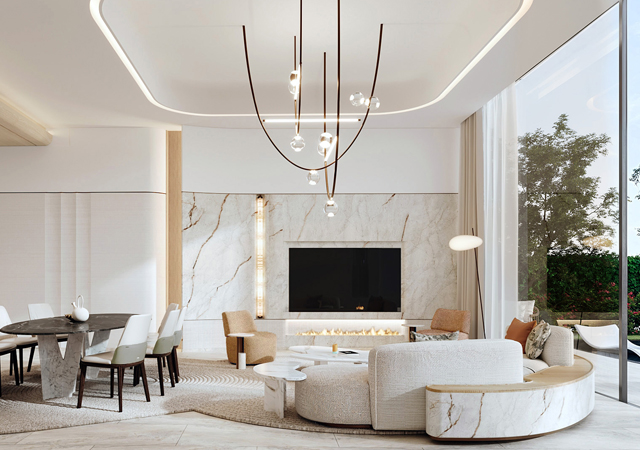
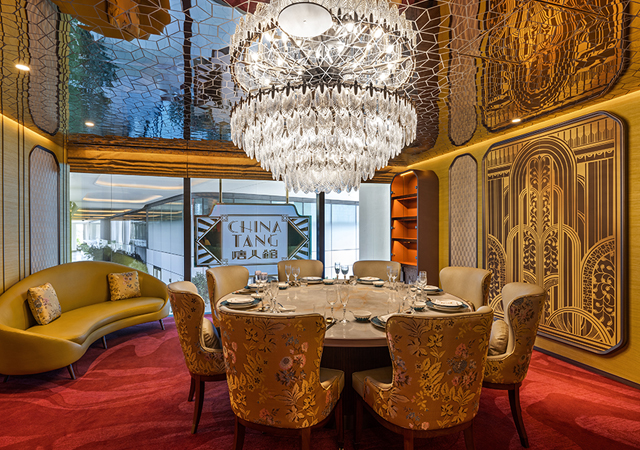
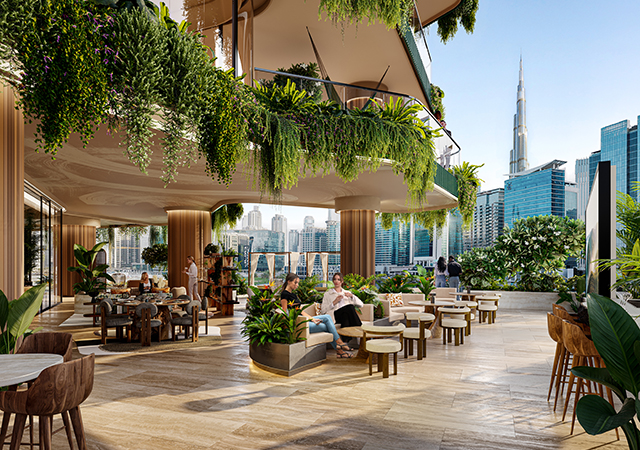
.jpg)


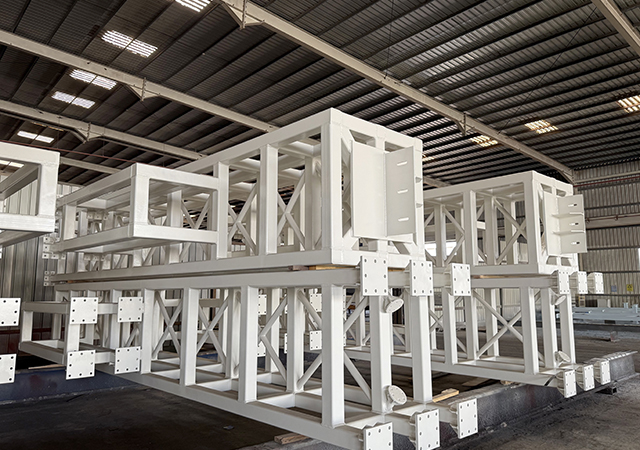




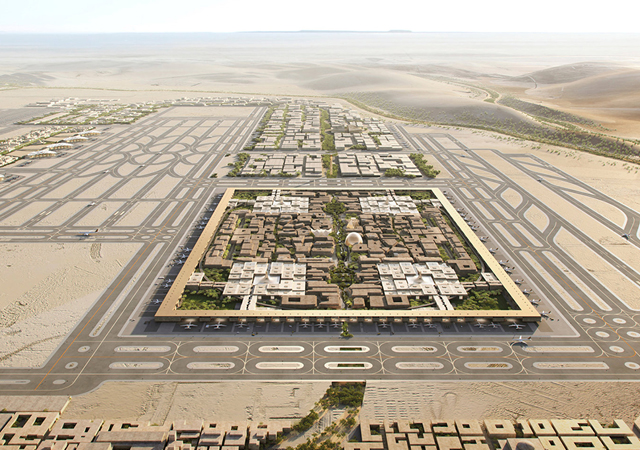
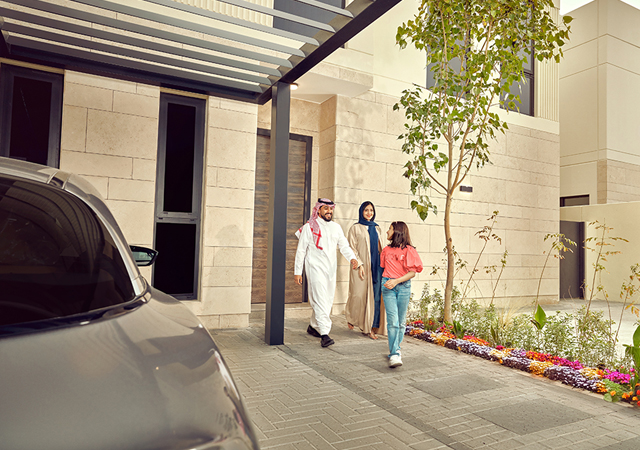
.jpg)
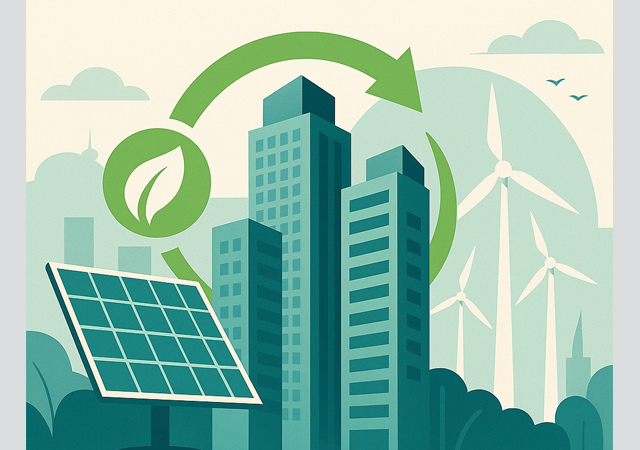



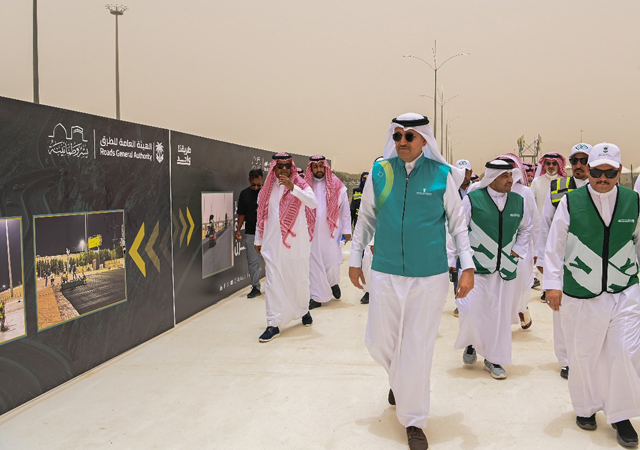

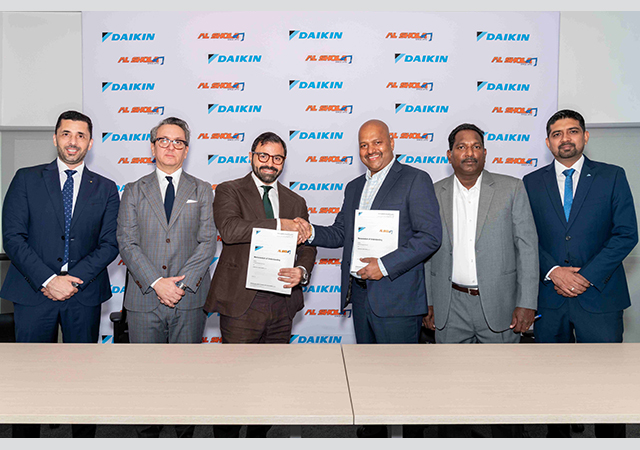

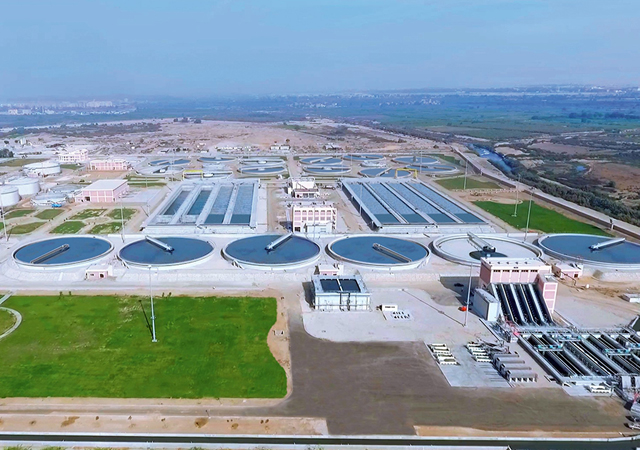
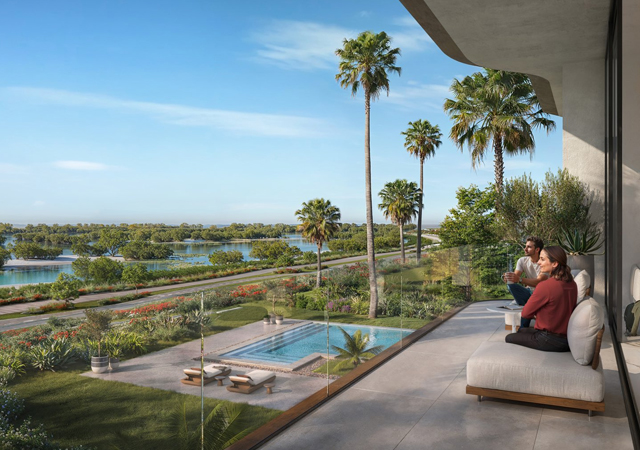
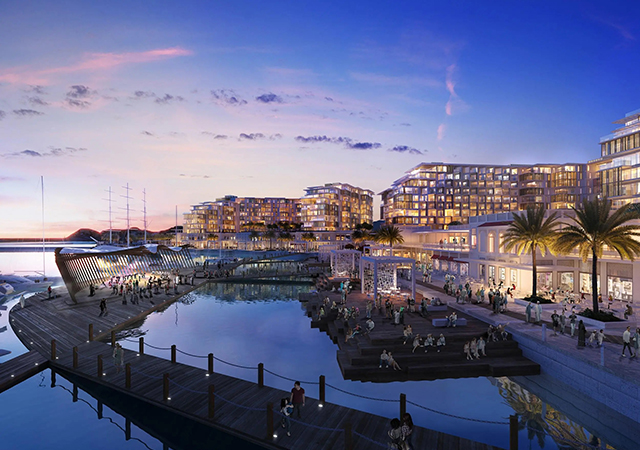

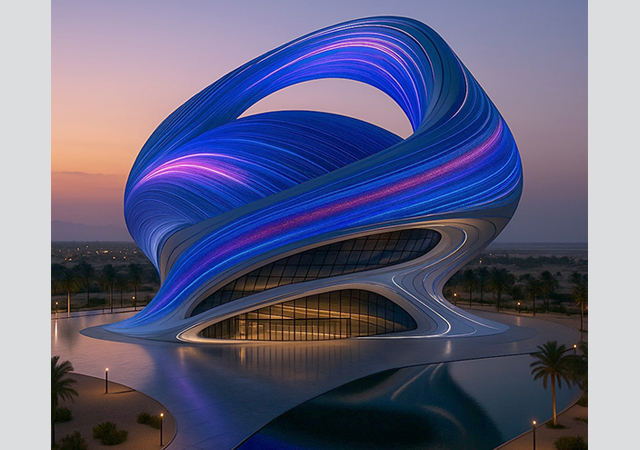

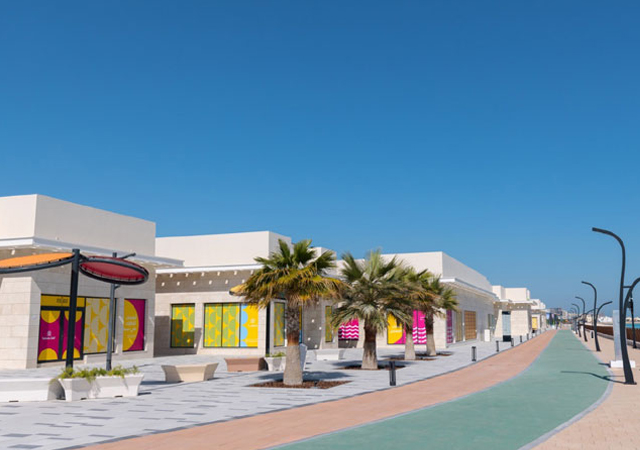

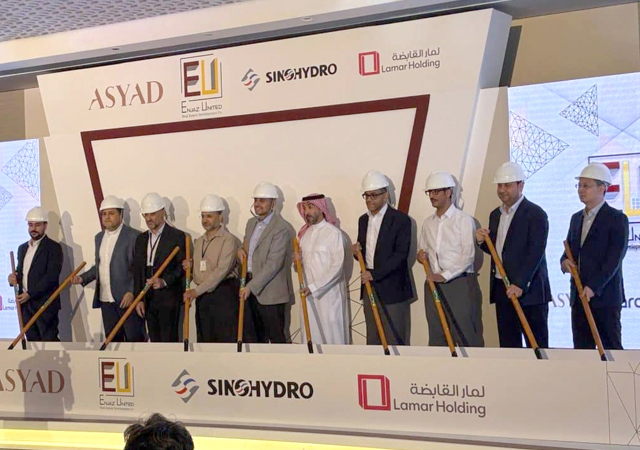
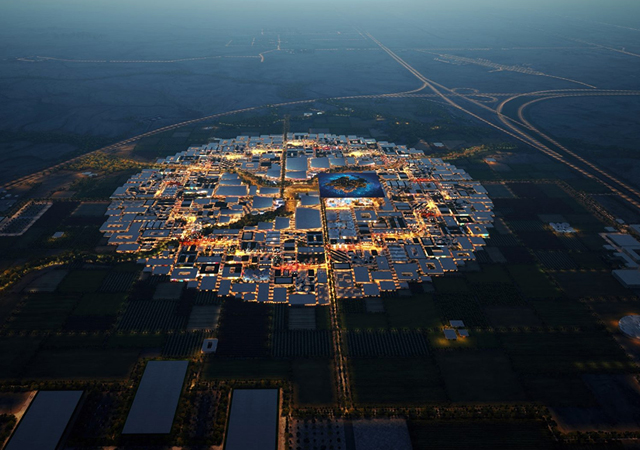
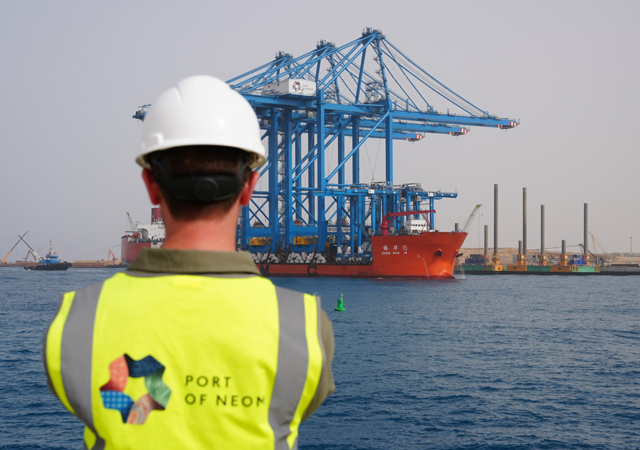
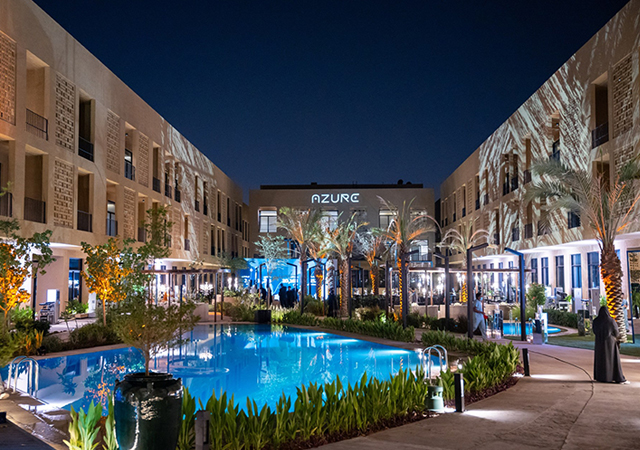
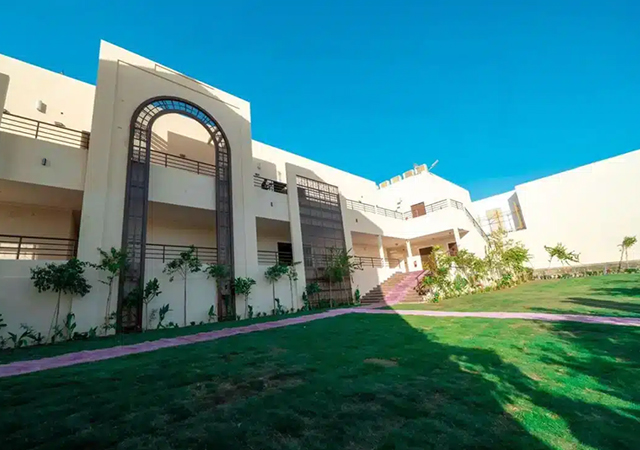


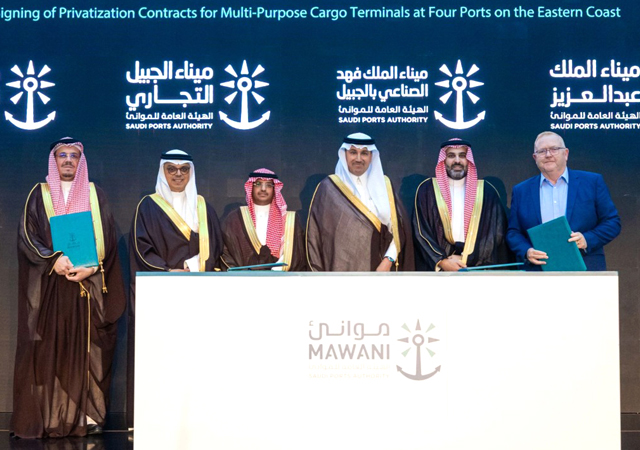
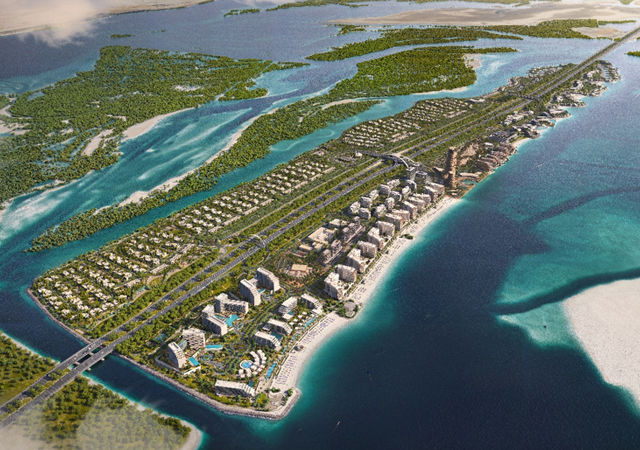

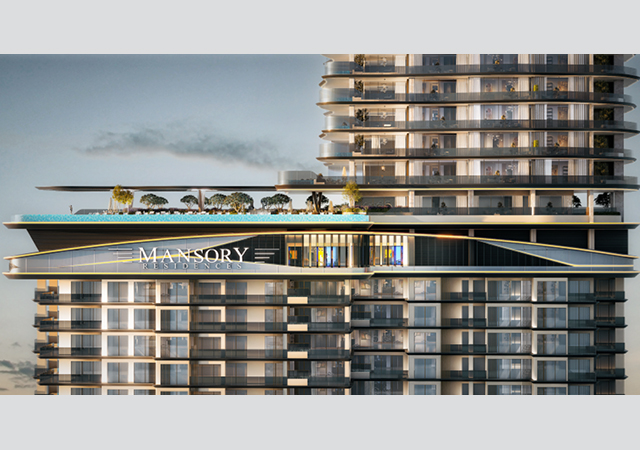
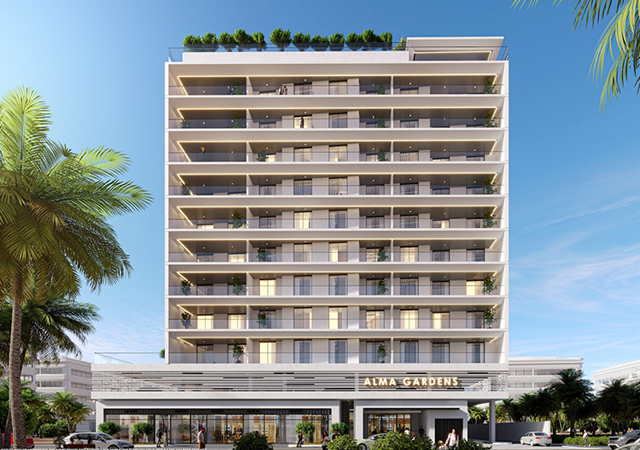

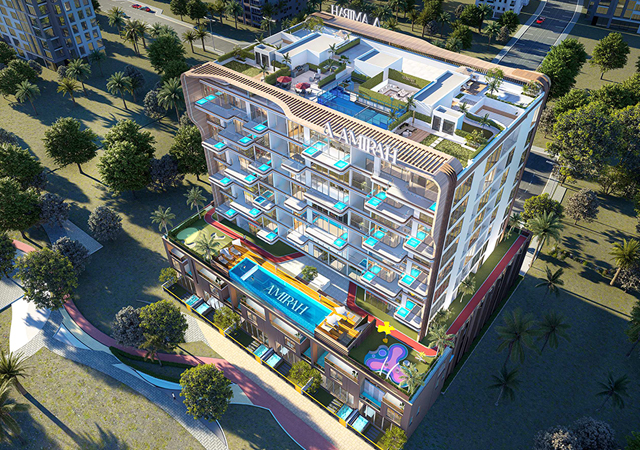
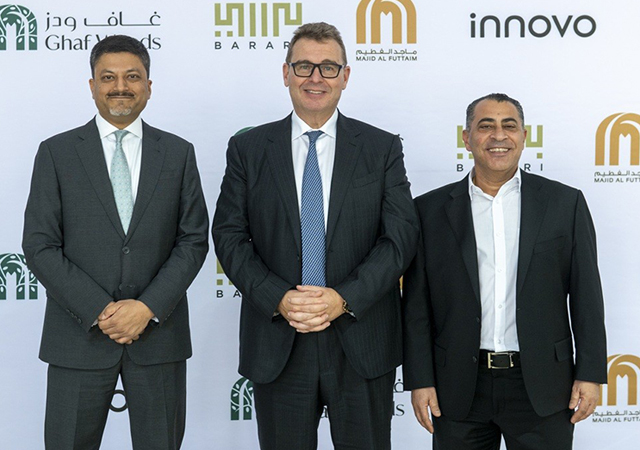
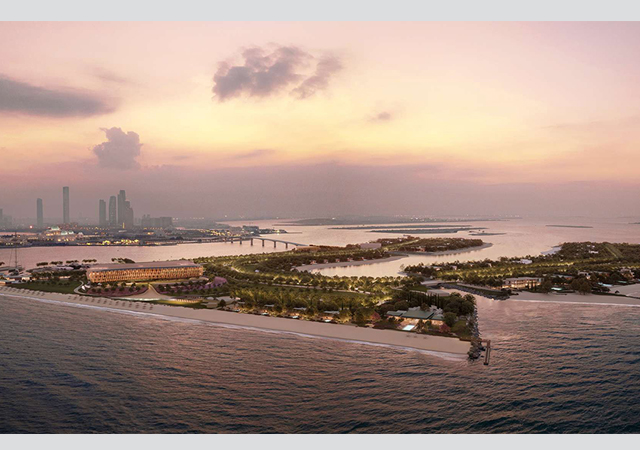
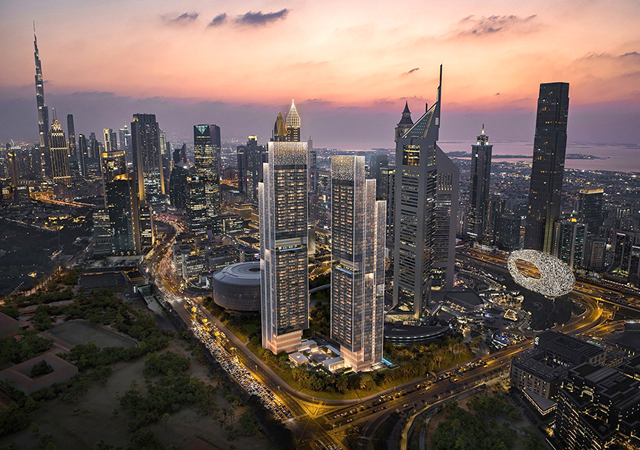
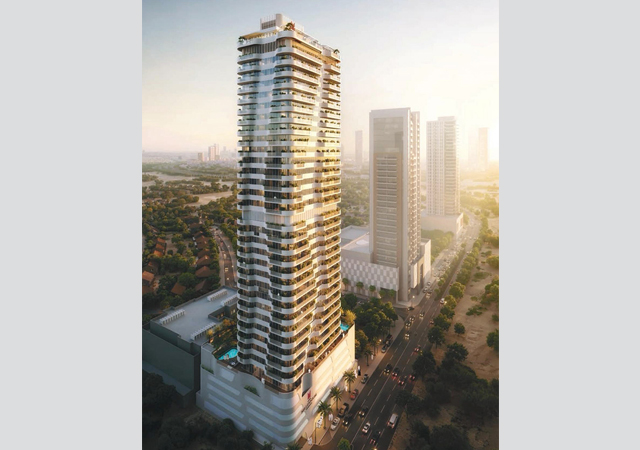
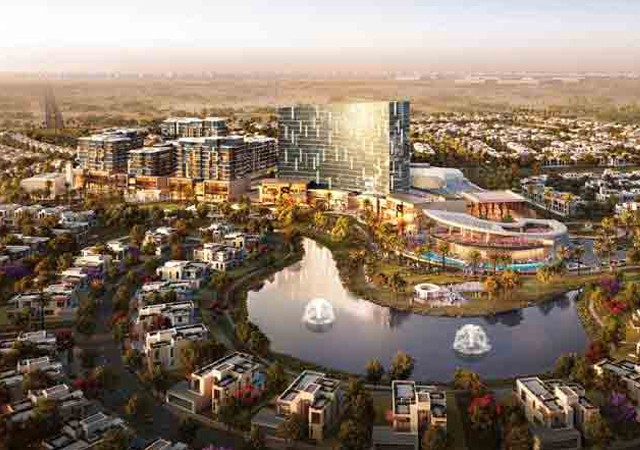
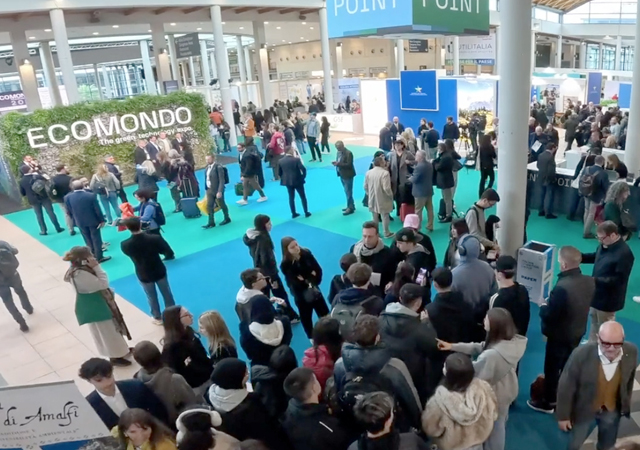
.jpg)





